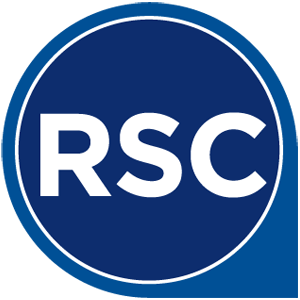If you master the capital budget cycle to achieve improved, centralized strategic planning across the organization
Why do you need the Capital Budgeting application?
Benefits
- Summarizes all capital planning activity in a consistent format to prioritize programs and projects, coordinate activities, and budget resources
- Develops a centralized methodology to efficiently manage capital projects across multiple departments and sites
- Enables “what-if” planning to reduce business interruption and cost overruns
- Integrates condition assessment, capital budgeting, and project management functions to better allocate budget and resources for complete end-to-end planning
- Capital Budgeting Screenshot
- Capital and Expense Funds
Easily generate a visual representation of planned budgets by spending category to help justify capital requests
*This information was provided via the ARCHIBUS website.
For more information about Capital Budgeting or for a demo, contact us via email at info@rsc2lc.com or by phone at 925.824.312
Like what you read? Subscribe to the blog and follow us on Twitter, Facebook, and Linkedin to keep up to date with the latest news from RSC, LLC.Thoughts? Questions? Comment below and let us know what you think! We'd love to hear your insights.
Follow @rsc2lc Tweet



.JPG)
























.PNG)







